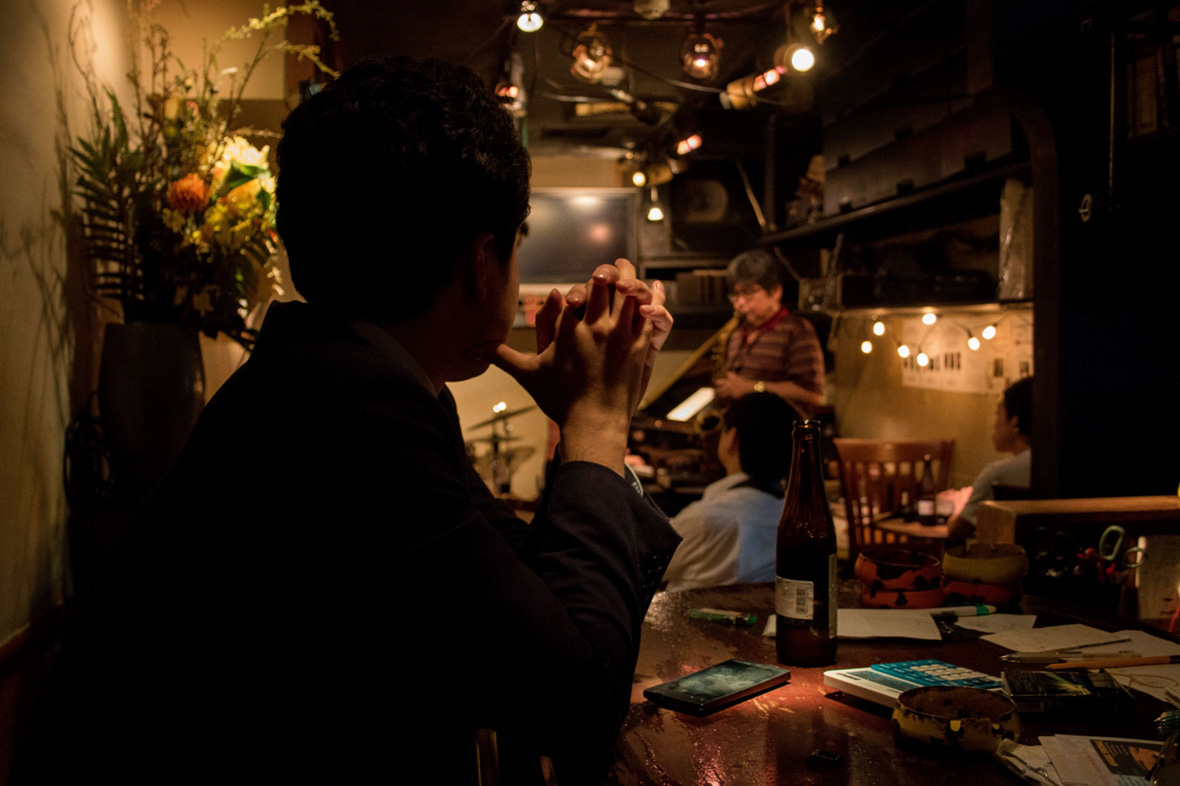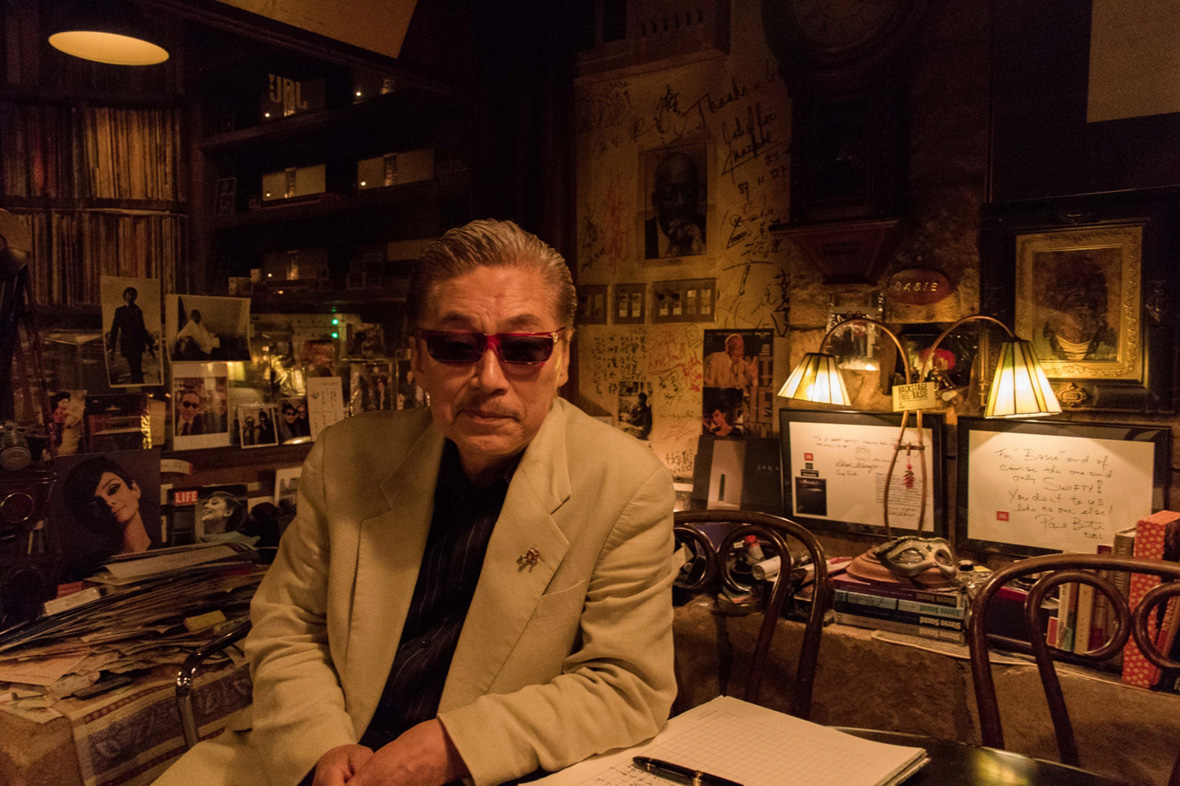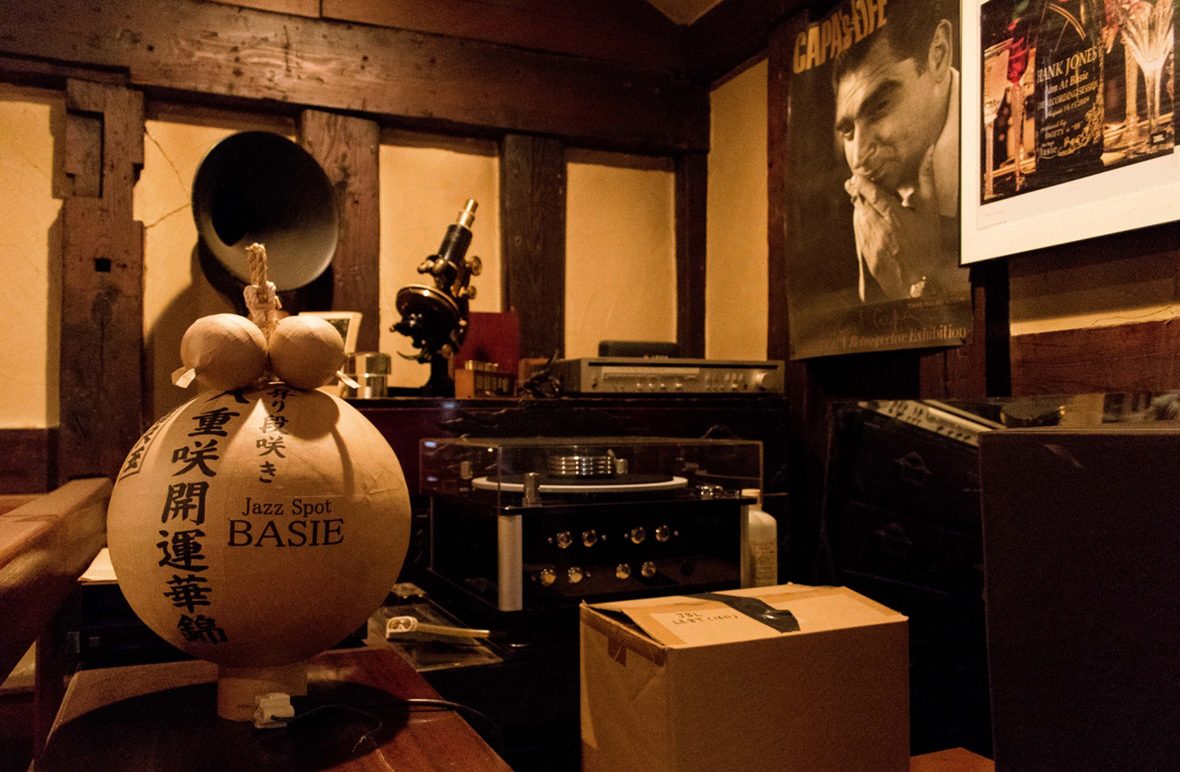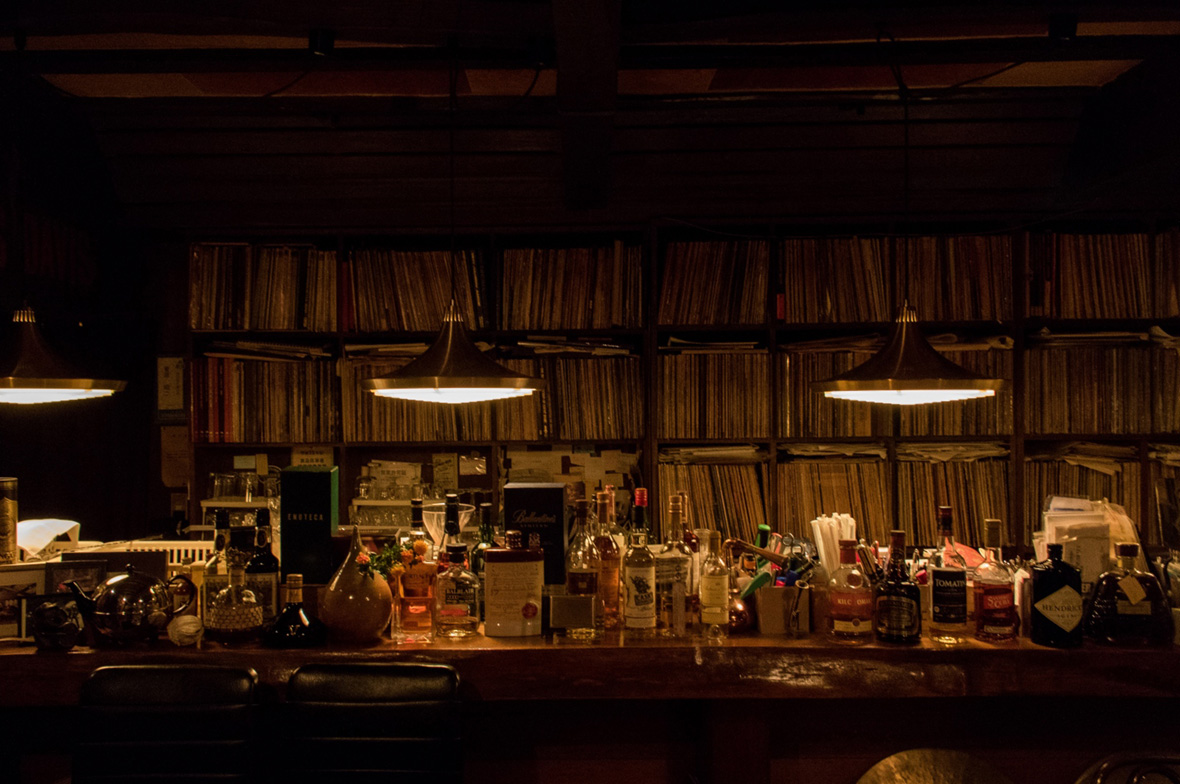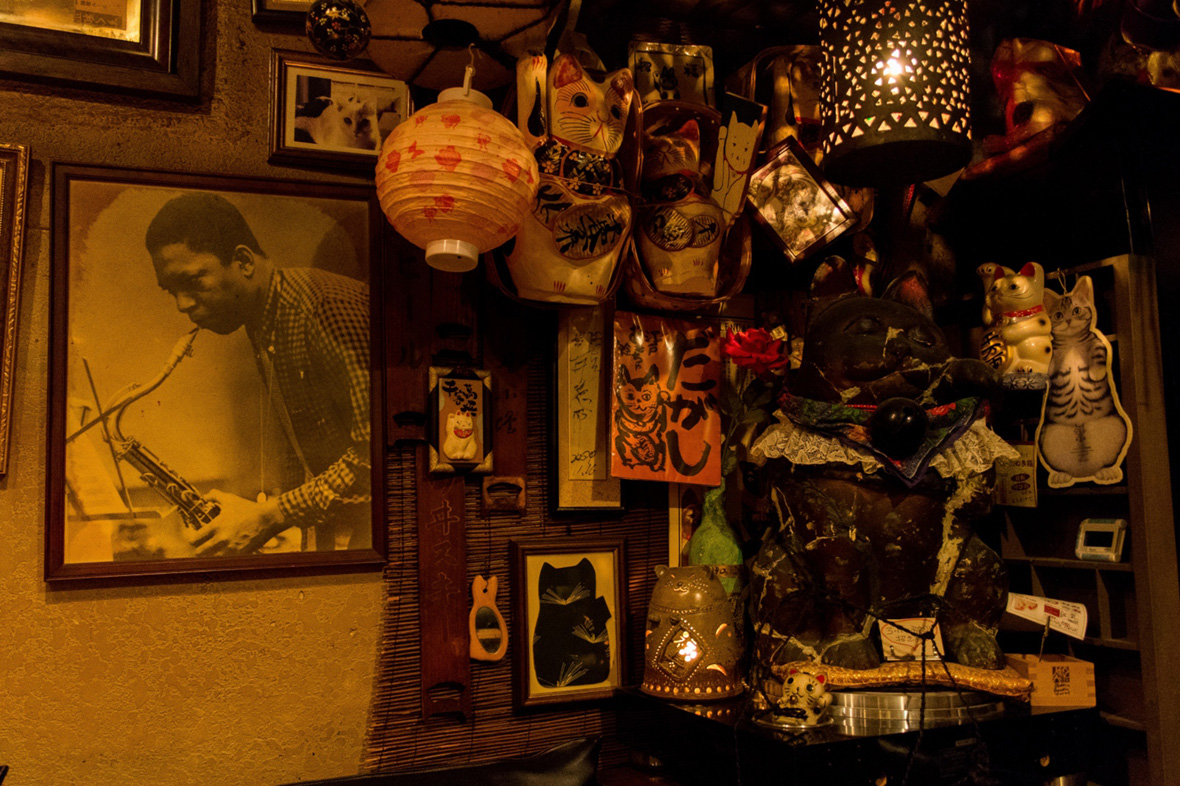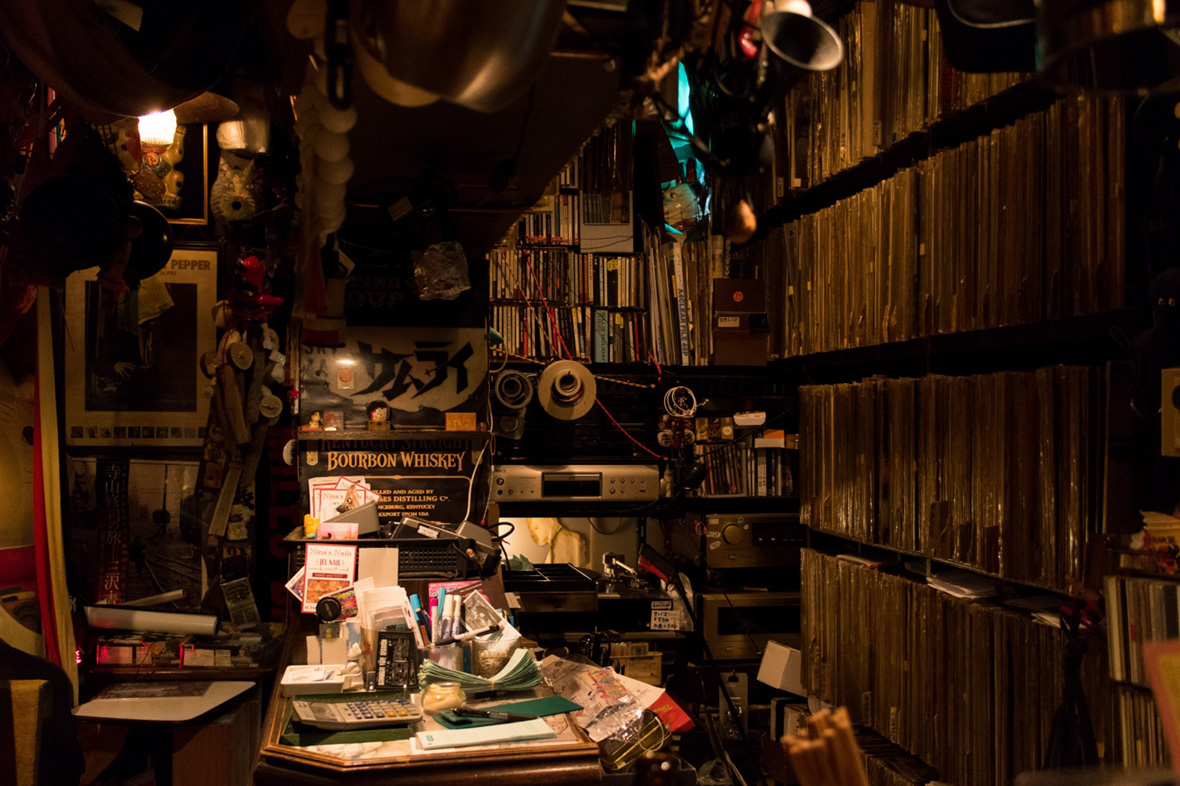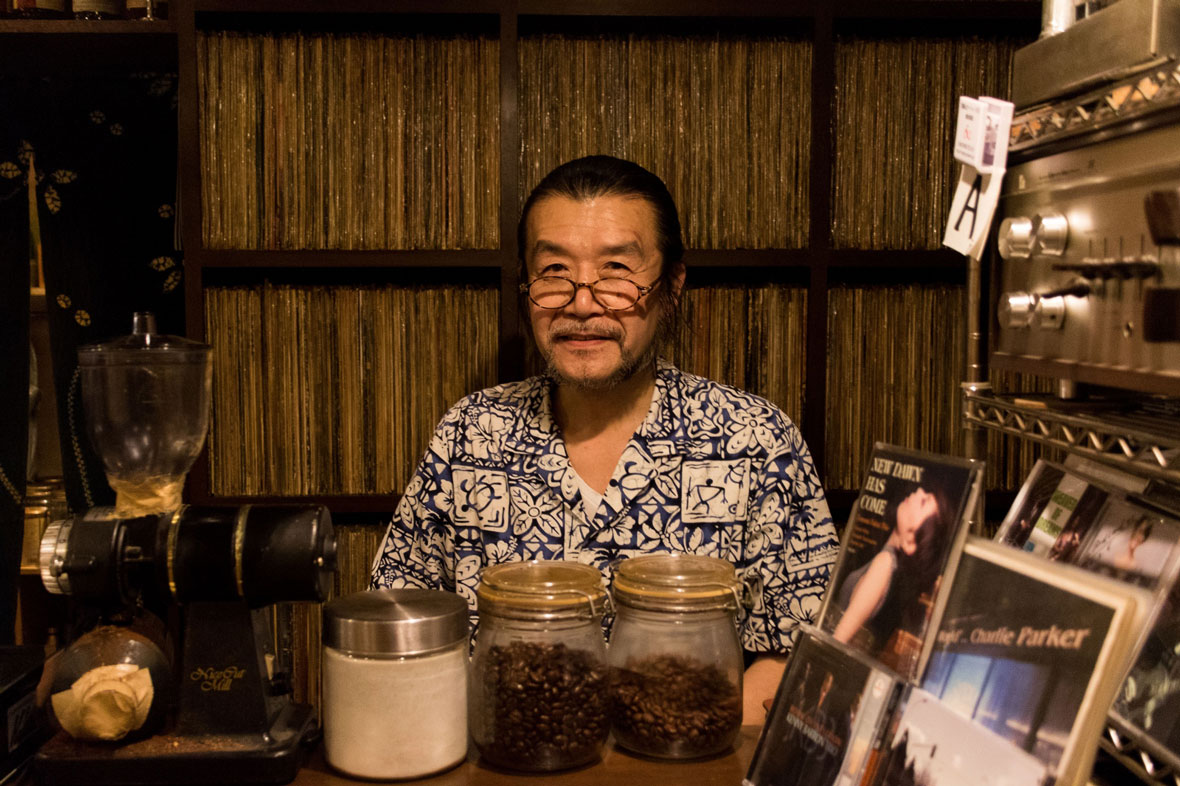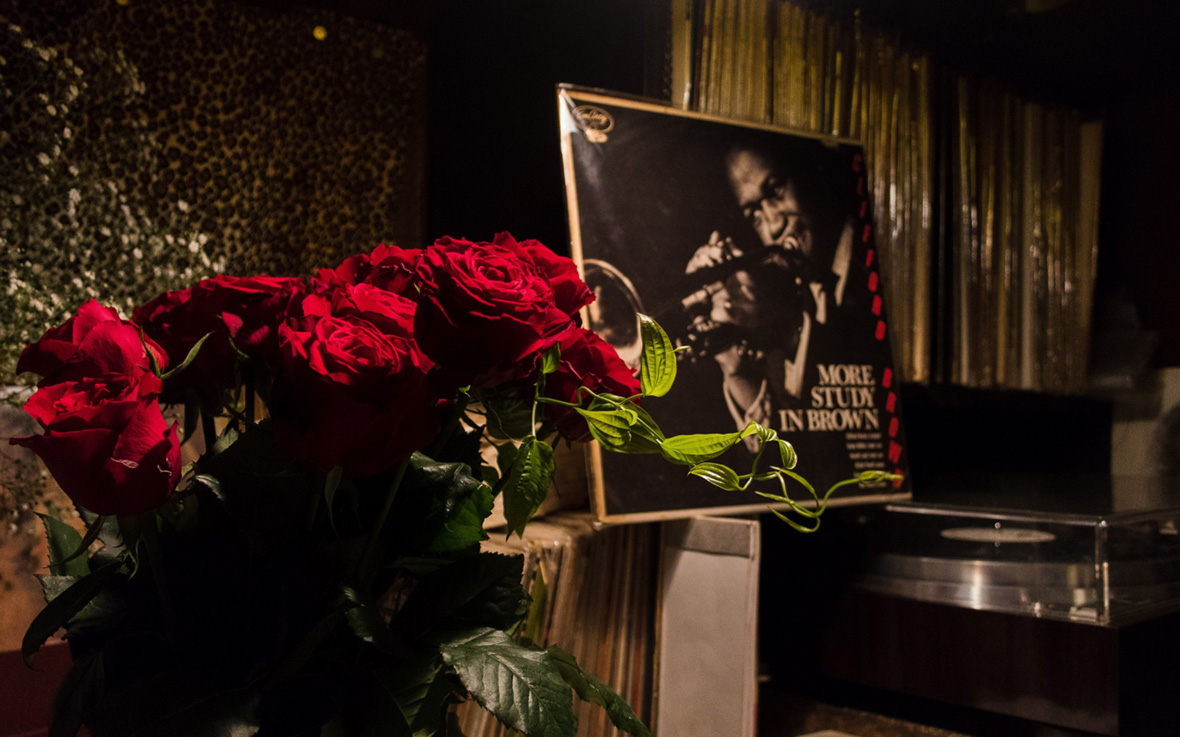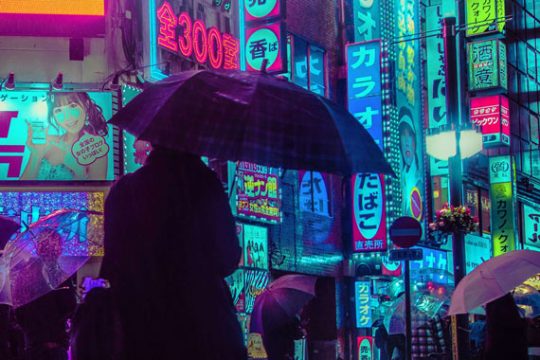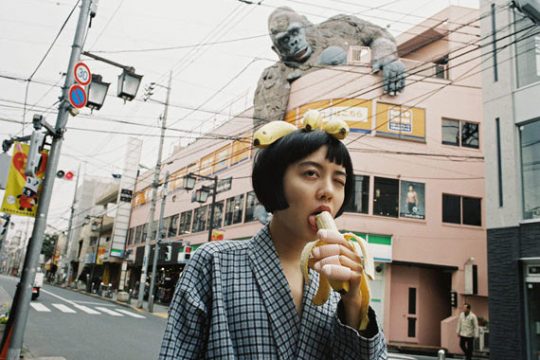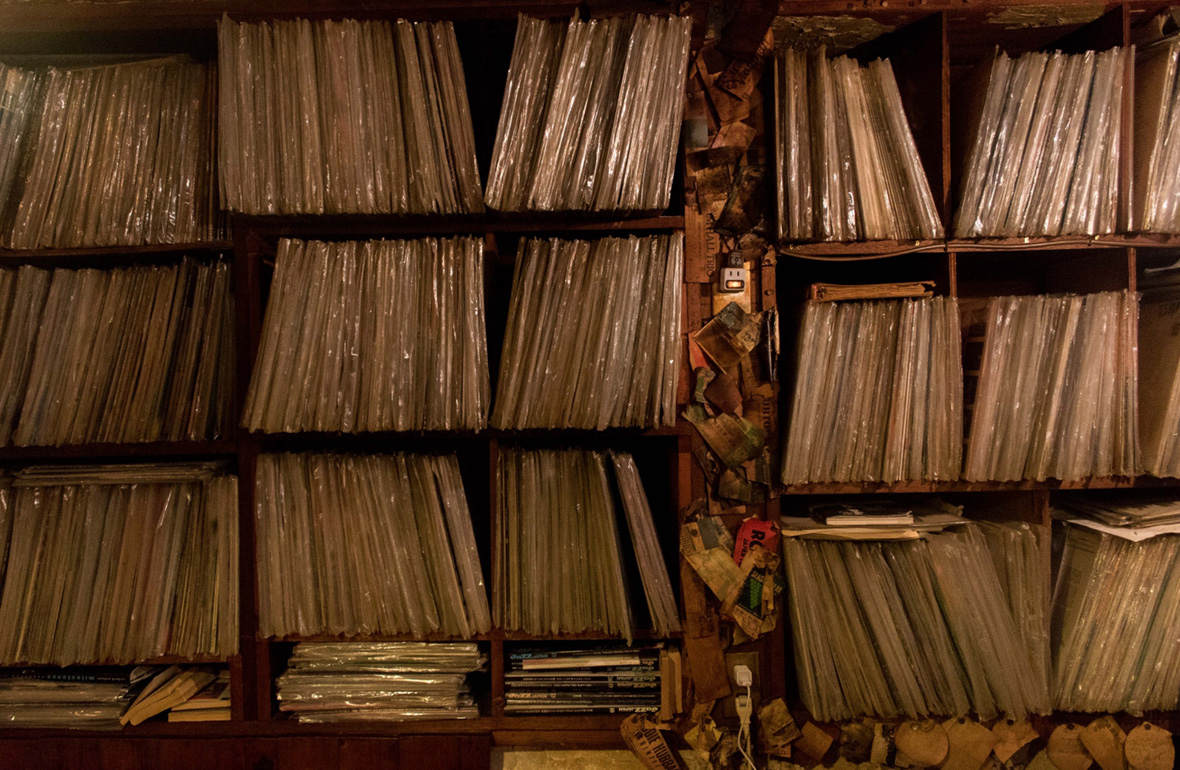
A Japanese salaryman leaves his office late at night, exhausted from the grueling hours. He’s running on very little sleep. The night air is cold, and the train station is not too far away. But he turns in the opposite direction, through the labyrinthine alleyways of Tokyo—he has one stop in mind before heading home. He walks a couple of blocks to a small establishment that one could very easily miss. He opens the door and is embraced by warmth and the steady lull of music on vinyl. The owner greets him, and he takes a seat at the bar. He’ll have the usual, he says. He takes a sip of his beer. The rhythm from the record player eventually takes him away, into a trance he shares with the few other patrons who had also come in to enjoy the magic that is jazz.
一位日本支薪族在深夜时分离开办公室,他精疲力竭,这些日子以来睡眠非常不足。当他踏入夜色,外面的空气很寒冷,车站就在不远处。但他却转往反方向,穿过东京迷宫般的小巷。在回家之前,他还有一个地方要去——他走过几个街区,抵达一个不起眼的小楼。他打开门,除了受到温暖的招呼,还有一阵安定人心的平静音乐传入耳里。老板过来迎接他,他在吧台边坐了下来,示意要一杯“老样子”。他小啜一口啤酒,来自唱机的旋律最终将他带离现实,加入店里其他零星几位顾客的行列,沉浸在这令人神迷的魔力——爵士乐里。
“Maybe that’s their one moment of freedom,” says Tony Higgins of BBE music in an interview with Philip Arneill, the photographer behind Tokyo Jazz Joints, a project that captures these unique establishments. Arneill, an Irish photographer who lived in Tokyo for 19 years, was not only drawn to the charm of jazz bars, but also worried about their longevity. “The original raison d’être for the project was that jazz joints were disappearing all over the country, due to rising rent, aging owners, and a dwindling customer base,” he says.
“也许这是他们自由的时刻。”音乐厂牌 BBE 的 Tony Higgins 在和一个专门拍摄这些爵士乐场景的项目 Tokyo Jazz Joints 的摄影师 Philip Arneill 采访时说道。Philip Arneill 是一位在东京生活了19年的爱尔兰摄影师,不仅深受爵士酒吧魅力的吸引,还相当关注它们还能存活多久的议题。“该项目最初的存在理由是由于租金上涨、业主老龄化以及客户群逐渐缩小,全国各地的爵士乐场所正在消失。”他说。
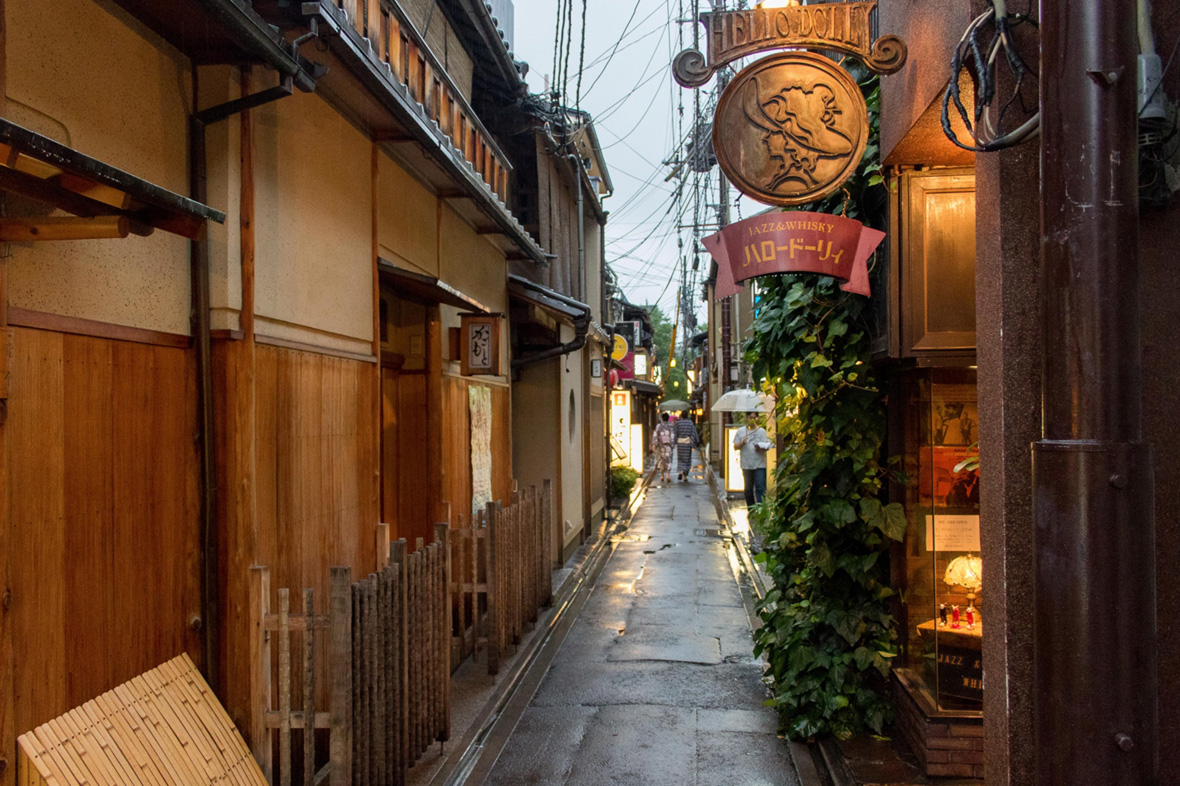
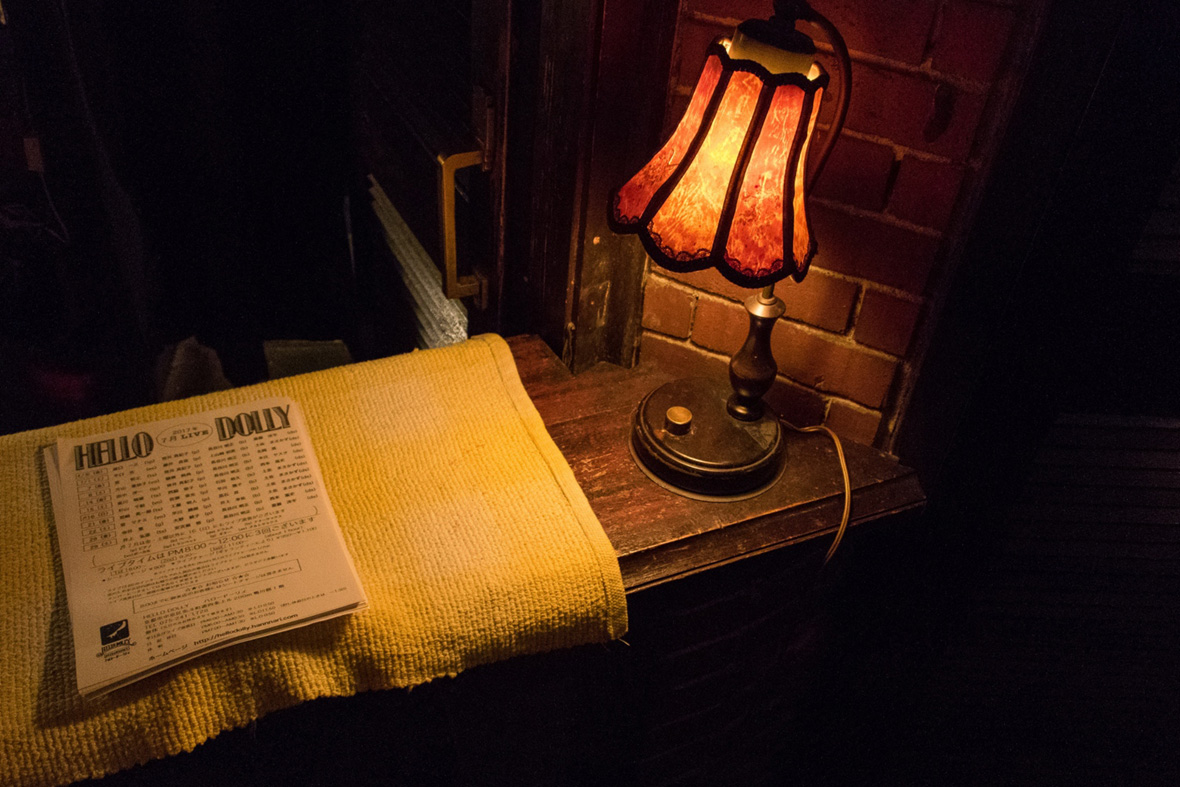

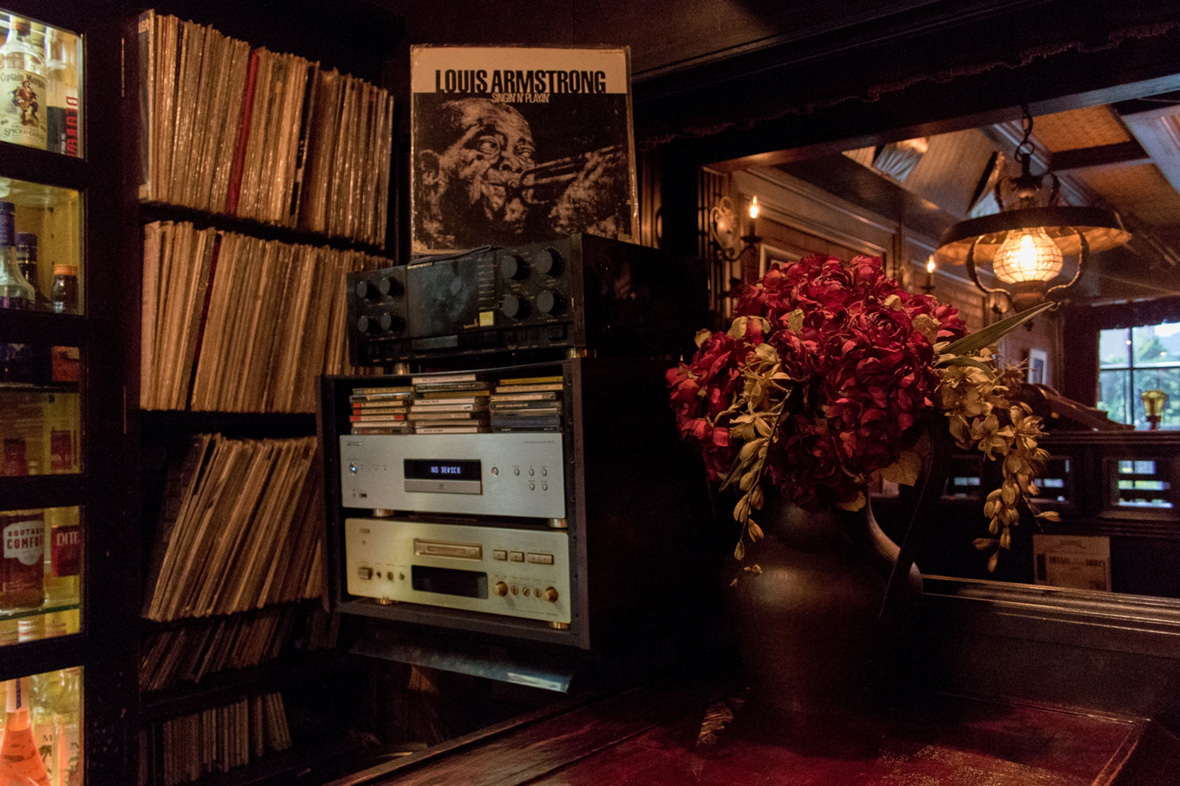
Arneill first discovered this subculture of jazz bars and cafés when he visited Hello Dolly, a jazz bar in Kyoto. He immediately knew he’d found something unique that he needed to document. He called up his friend James Catchpole, a broadcaster and writer based in Yokohama, with the idea for the photo series. At the time, Catchpole ran the Tokyo Jazz Site, a blog indexing every jazz-related establishment in the Tokyo area, which proved indispensable as Arneill plotted his itinerary. The venue that kicked off the project was Pithecanthropus Erectus in Tokyo’s Kamata district, which they photographed back in 2015. Since then, the duo has documented over 160 different establishments throughout the country. Their genuine respect for jazz may be why they’ve never been refused to photograph a bar.
The duo plan on publishing a photography book with the best of the project once they pass the 200 mark. Though Arneill is now based in Dublin, he is planning a few upcoming trips back to Japan to document 50 to 60 more locations.
当 Philip 访问位在京都的爵士酒吧 Hello Dolly 时,他首先发现了这种爵士酒馆和咖啡馆的亚文化,当下他就知道自己找到了必须记录下来的场景。他打电话给朋友 James Catchpole,他是一位住在横滨的广播员和作家,告诉他自己的想法:创作一个摄影系列。当时,James 开办了一个介绍东京各个爵士相关活动的博客 Tokyo Jazz Site,每当 Philip 在策划他的行程时,这个博客扮演了不可或缺的角色。该项目于2015年进行了第一个地点拍摄——东京蒲田区的 Pithecanthropus Erectus。从那时起,这个双人组总共记录了全国160多个场所。他们对于爵士乐的真正尊重,也许正是他们从未被拒绝拍摄的原因。
一旦超越 200 次拍摄的里程碑,他们希望计划出版一本收录其中最好作品的摄影书。虽然 Philip 现在人在都柏林工作,但他正计划一些到日本的旅行,以记录其他 50 到 60 个地点。
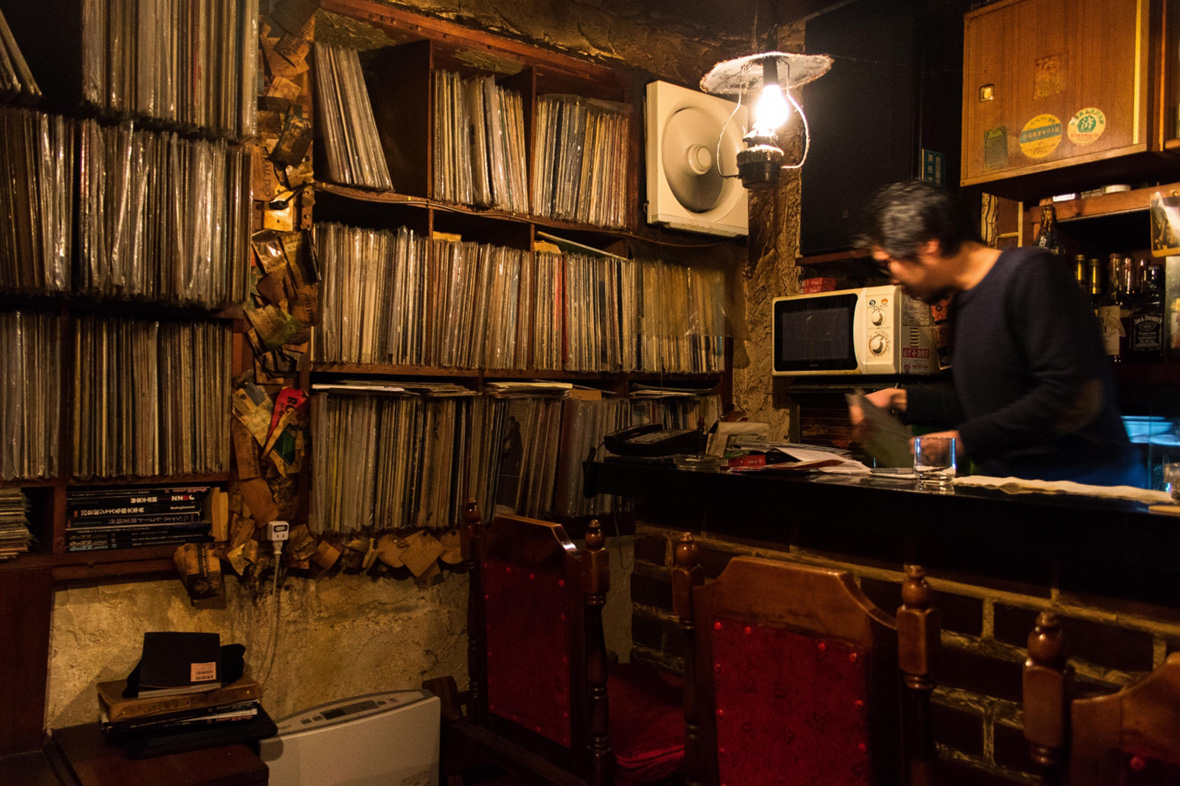
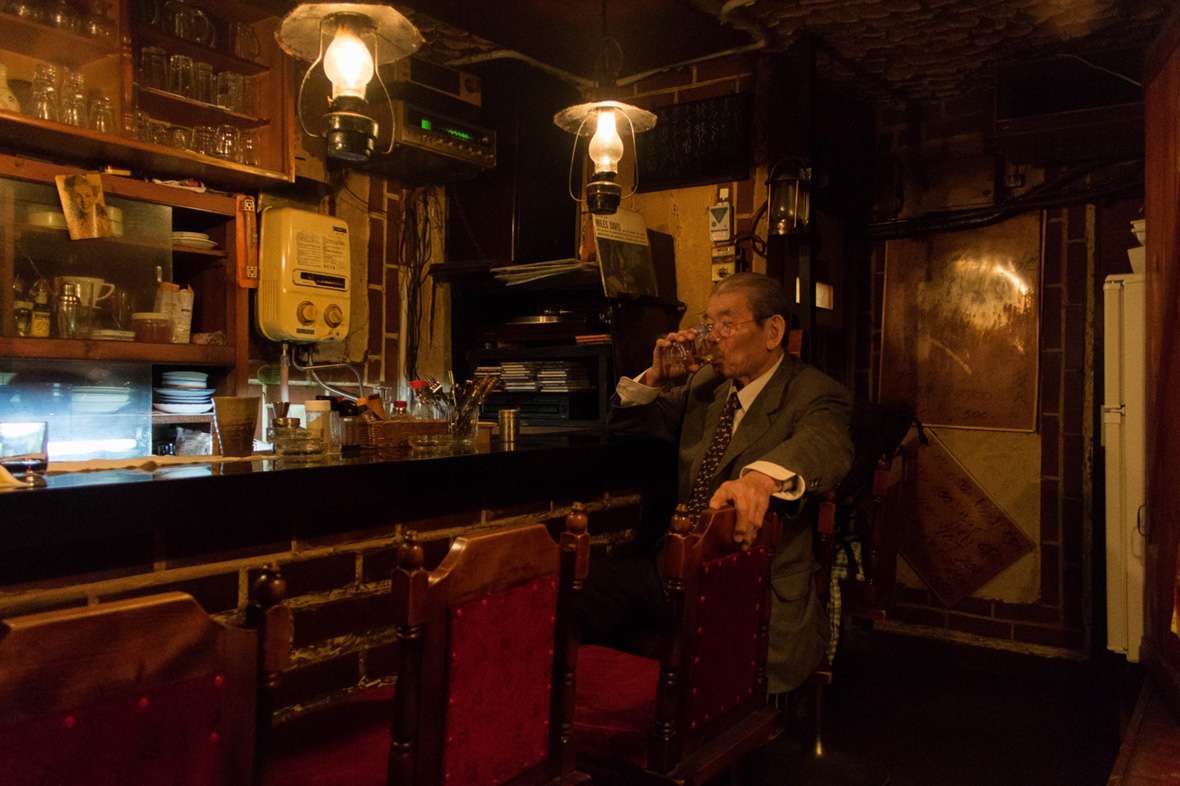
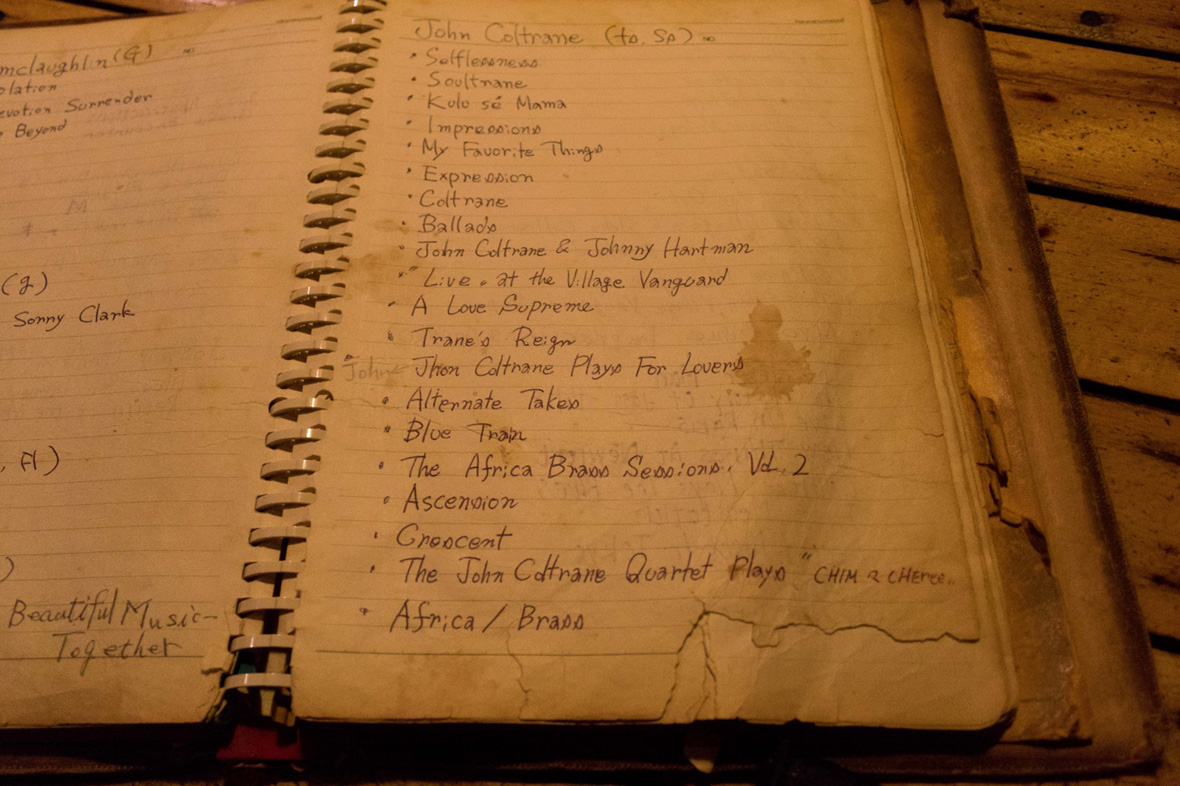
Jazz arrived in Japan after the First World Two and was very popular in the 1920s and 1930s, until it was outlawed during the Second World War. After the war, Japan’s occupation by U.S. forces revived the genre. Many jazz bars that opened at the time were even dedicated to specific artists. The most notable may be Basie, named after the legendary American musician William James “Count” Basie. The current owner, Shoji “Swifty” Sugawara, has collected over 10,000 jazz LPs and, countless items of Basie memorabilia. He even became good friends with the man himself—a portrait that Sugawara took of Basie still hangs in the venue today.
爵士乐在第一次世界大战后抵达日本,在上世纪20、30年代时非常受欢迎,直到第二次世界大战期间被明文禁止。战争结束后,占领日本的美军再次振兴了此音乐流派。当时有许多爵士酒吧是特别为了向几位艺术家致敬而创立,其中最值得注意的可能是由菅原正二(Shoji “Swifty” Sugawara)经营的 Basie,以传奇美国音乐家 William James “Count” Basie 命名。到目前为止,菅原先生已经收集了超过一万张爵士乐唱片和无数样 Basie 的纪念品。他甚至还和这位音乐家成为了好朋友,至今菅原拍摄的 Basie 肖像仍然挂在墙上。
“Every jazz joint is different, and that always makes for exciting visits,” says Arneill . “It’s very hard to categorize concisely, but I would say the quintessential jazz bar features are a very high-end sound system with large bespoke handmade speakers, vinyl of course, and a simple menu that consists of coffee and/or alcohol.” He also notes that the sound system is often placed in a central location, which is an arrangement similar to the structure of most Japanese shrines.
“每个爵士乐场所都是不同的,因此每次拜访总是让我很兴奋。”Philip 说。“实在很难帮它们分类,不过,典型的爵士酒吧会有一个非常高端的音响系统,配有大型订制的手工扬声器,当然还有黑胶唱片,和一个备有咖啡或酒饮的简单菜单。”他还补充说道音箱系统通常会被放置在中央位置,类似于大多数日本神社的结构。
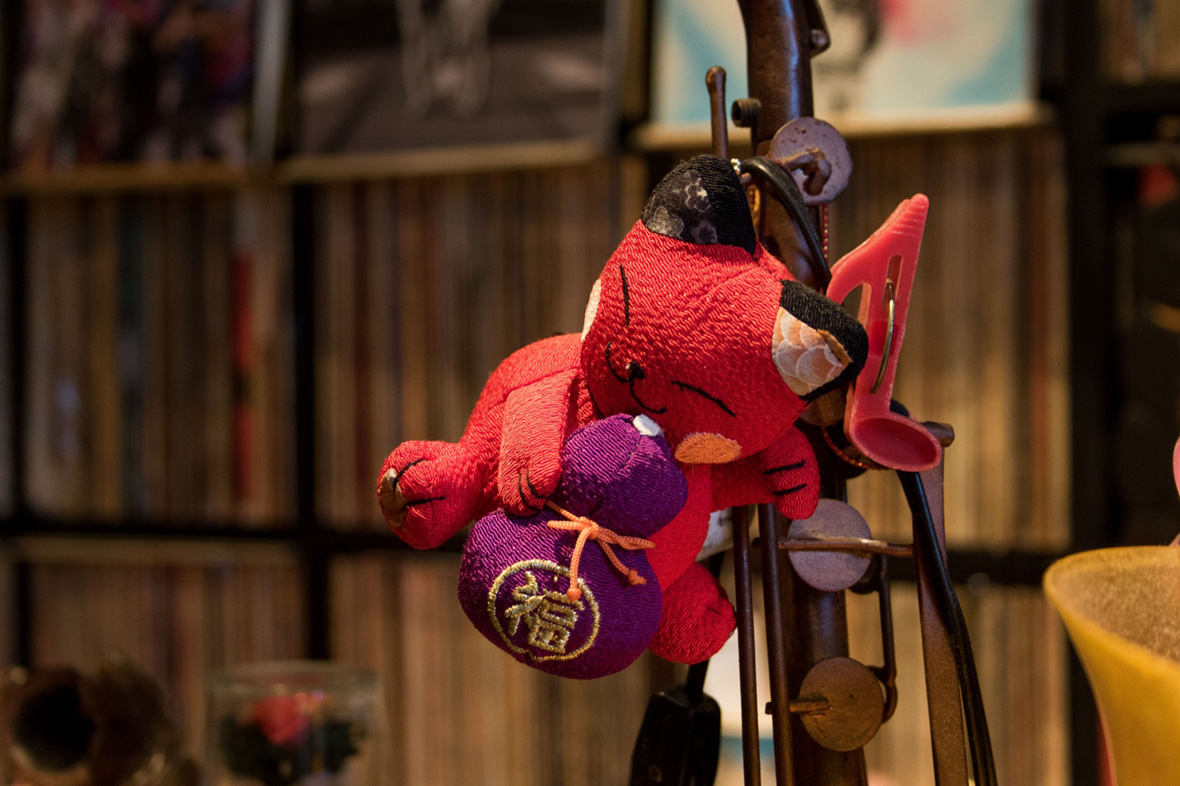
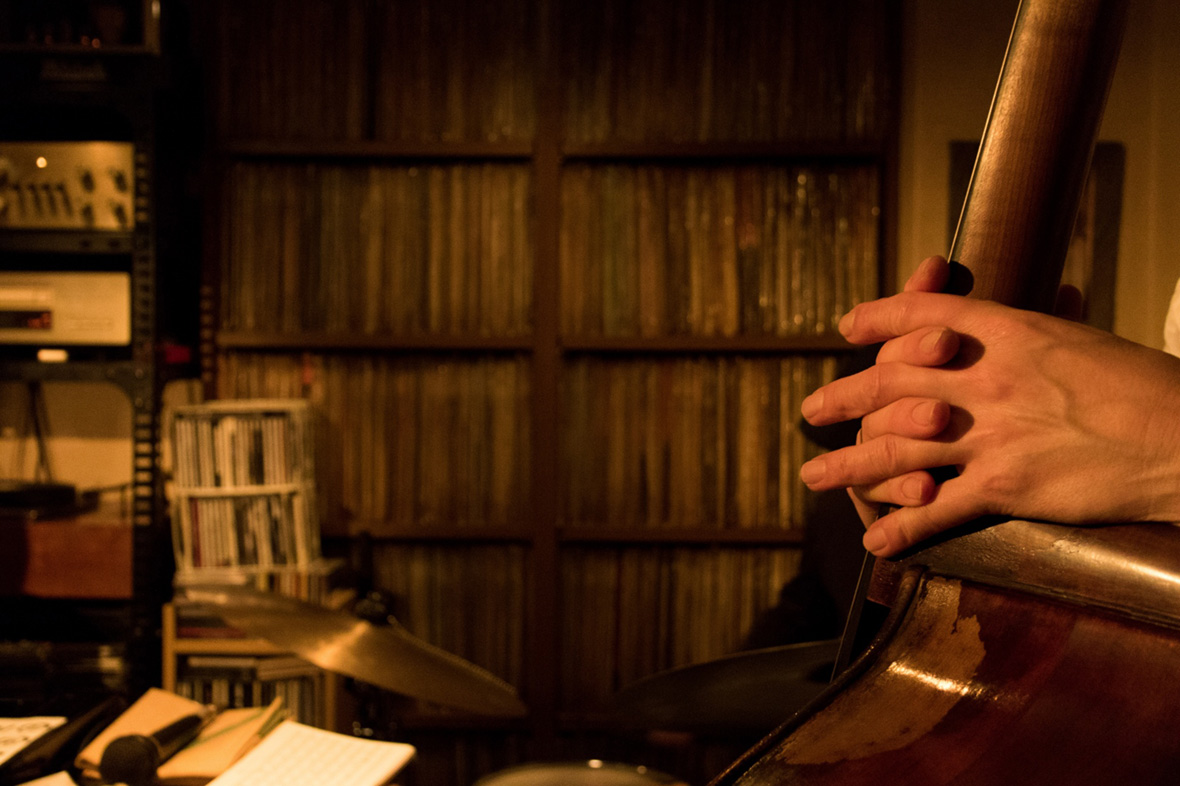
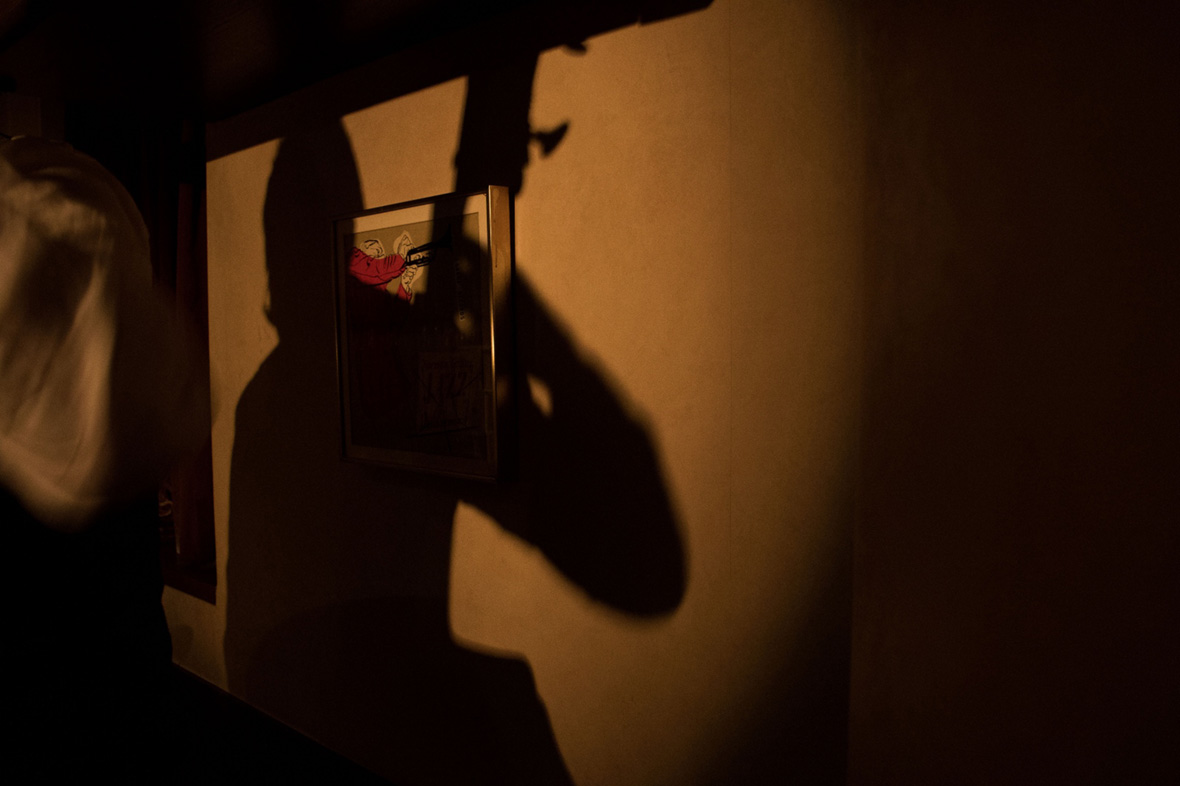
Arneill captures the establishments as they are, without flash or additional lighting. This can sometimes be challenging, as many of these places are dark and open only in the evening. He says he’s gotten more confident over time in documenting each location, which requires not only photographic skill but also the ability to make chit-chat with the owners. Through his conversations, he’s come to better understand how these places have aged, how the spaces reflect the owners’ personalities, and how they’re influenced by the surrounding neighborhood: “The bars very much represent a subculture now, as many Japanese are unaware of their existence, or have never visited one.” He notes that there is little incentive for owners’ children to carry on the family businesses because of the odd working hours and minimal profits.
Philip 会按照这些场所最真实的样子去拍摄,没有闪光灯或额外的照明。有时候这极具挑战性,因为很多这些地方都很黑暗,只在晚上开放。随着时间过去,每一次经历都让他获得更多信心,这不仅仅需要摄影技术,还要具备和老板闲聊的技巧。通过谈话,他会更好地了解这些地方如何变迁、空间如何反映老板的个性、以及它们如何受到周围社区的影响:“酒吧现在非常代表亚文化,许多日本人都不知道它们的存在,或者从来没有去过。”他指出,由于不寻常的工作时间、利润微薄,老板的孩子通常没有意愿接手家族企业。
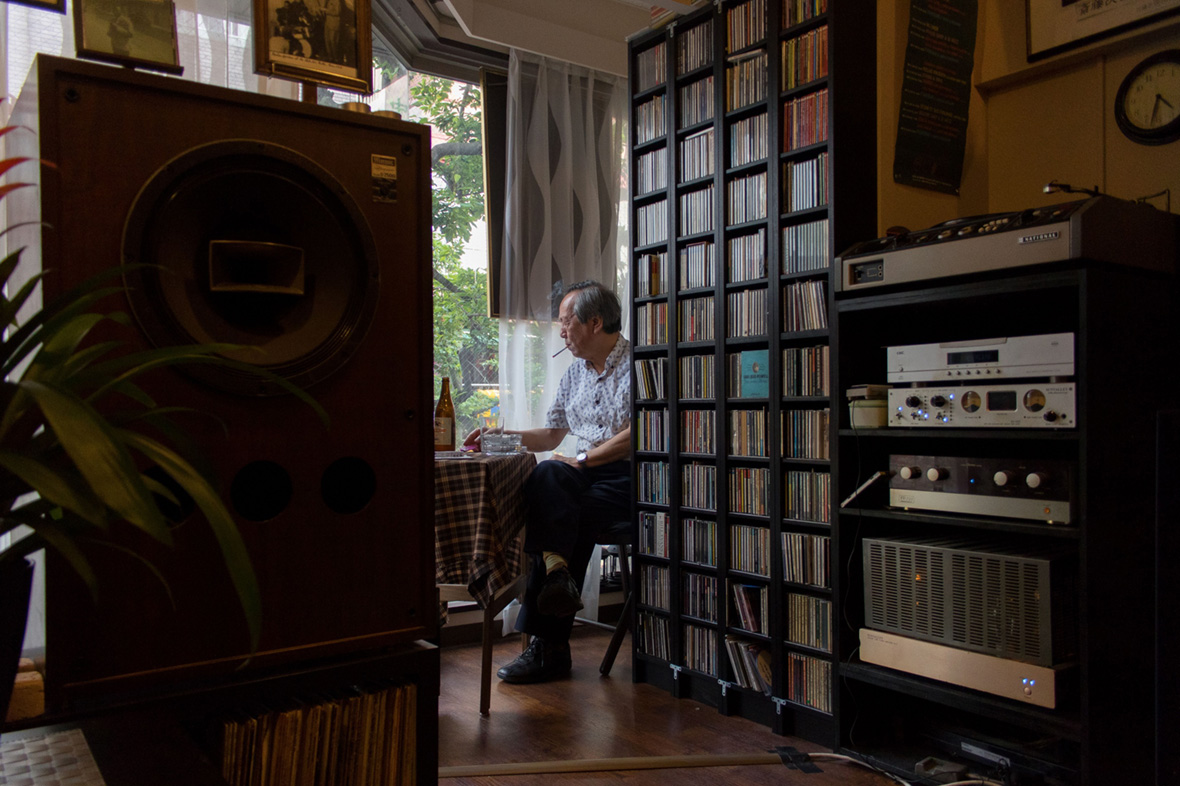
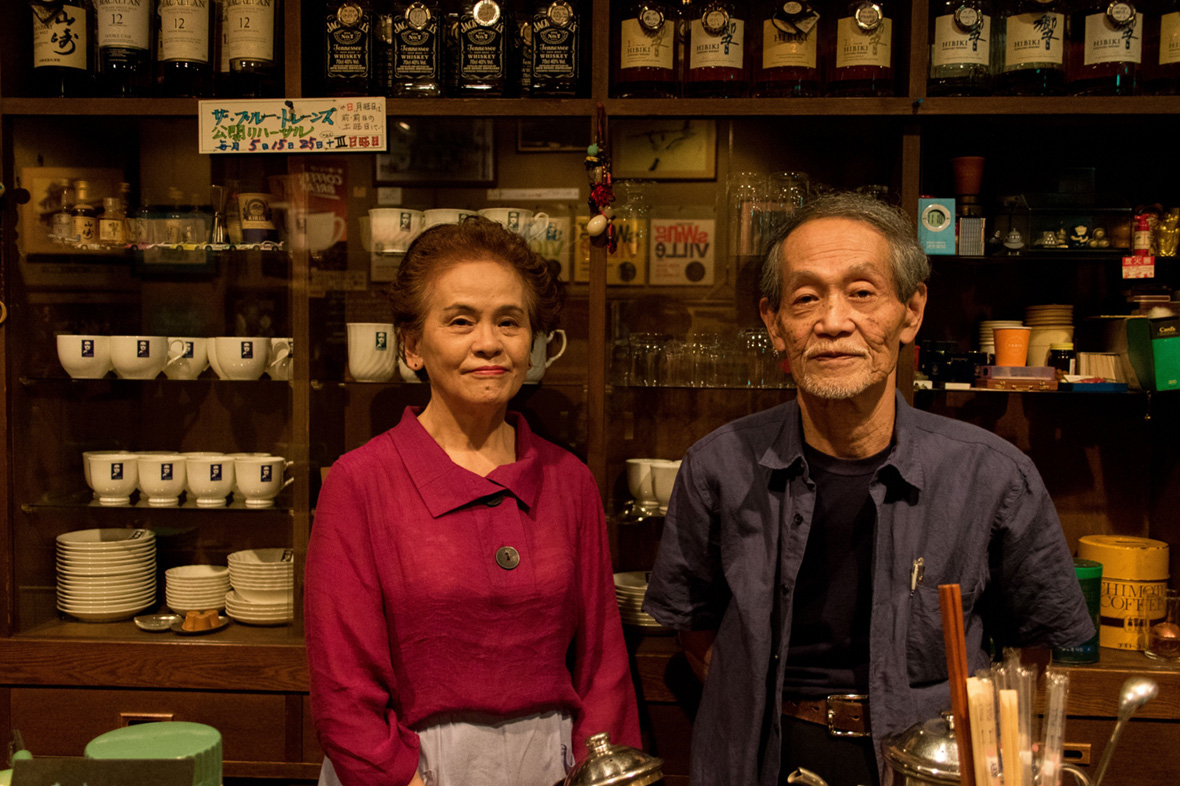
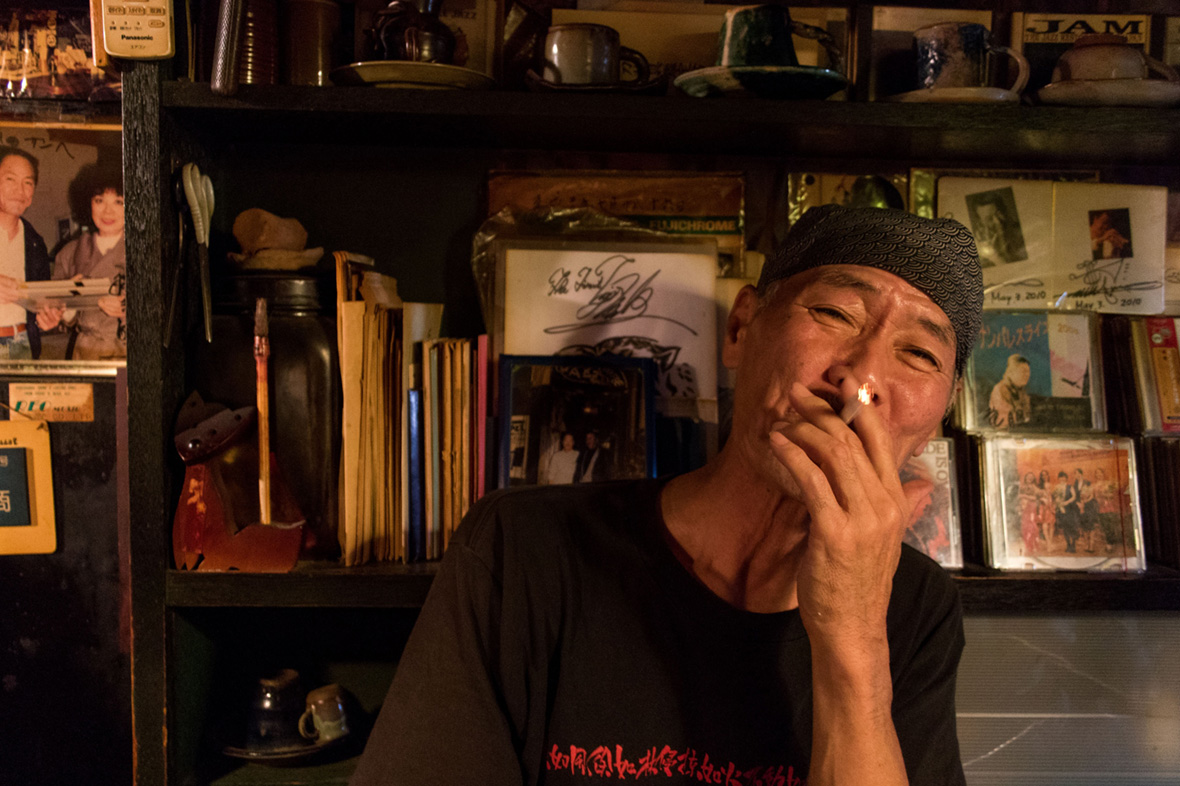
Japanese jazz bar owners would be more keen to pass on their businesses to another generation if they knew how incredibly rare their spaces are. Arneill says that owners are often surprised when he tells them that in their particular form such places exist only in Japan. “It’s ironic that so many of these places are vanishing, as there now seems to be a trend in other countries for vinyl-centered listening bars, many of which take the whole look and style from Japanese bars.” He mentions Spiritland in London and Rhinoceros in Berlin as examples.
如果日本爵士酒馆的老板们知道自己的空间有多么珍贵,他们会更热衷于把它传承给下一代人。Philip 说,当他告诉他们这样特定的地方只存在在日本时,他们的反应都非常惊讶。“讽刺的是,很多这些地方都在消失,因为现在其他国家似乎都流行着以黑胶为重点的酒吧趋势,其中许多却都采用了日本酒吧的外观和风格。”他举了伦敦的 Spiritland、柏林的 Rhinoceros 为例。
Not long after the Second World War, a fledgling pianist found herself in Chigusa, a famous jazz bar in Yokohama. At first she detested the genre, but after a record collector played Teddy Wilson’s “Sweet Lorraine” for her, she changed her mind. She sought out the only place she could listen to more, returning again and again, asking the owner to replay a particular section from her favorite albums or recommend new music. Toshiko Akiyoshi’s love for jazz deepened, and she went on to become one of the most influential jazz pianists of all time.
In the years to come, the only trace of what salarymen or aspiring musicians felt in these niche establishments may be relegated to photos like Arneill’s. The chatter of drunken conversation and the communal experience of listening to your favorite records in a room filled with like-minded jazz lovers is impossible to replicate in a still image, but as more of these bars and cafes begin shutting their doors, Arneill’s photography serves as a time capsule of sorts, preserving their memories.
A selection of prints from the project will be on exhibition at the Rhinoçéros jazz bar in Berlin from June 7th to June 29th.
第二次世界大战结束不久后,在横滨著名的爵士酒吧 Chigusa 有一位初出茅庐的钢琴家的身影。在这之前,她并不喜欢爵士乐。但在一位唱片收藏家的引导之下,她找到了唯一一个可以听到更多这种音乐类型的地方。她一次又一次地回来,要求老板从她最喜欢的专辑中重复播放一个段落、或是推荐新的音乐。秋吉敏子对爵士乐的热爱加深了,尔后她成为了有史以来最具影响力的爵士乐钢琴家之一。
在未来的岁月里,无论是支薪族或是有抱负的音乐家——人们在这些狭小空间里感受到的种种,可能只能在 Philip 的照片中找到残存的痕迹了。虽然这些酒酣耳热的交谈、和志同道合的爵士爱好者一起享受音乐的体验,是无法在照片中重现出来的,但在这些场所真正消失之前,Philip 的作品就像一只储存时光的胶囊,将专属于这些空间的回忆和意义流传下去。
该项目的部分照片,将于6月7日至29日在柏林的 Rhinoçéros 爵士酒吧展出。
Like our stories? Follow us on Facebook and Instagram.
Website: www.tokyojazzjoints.com
Instagram: @tokyojazzjoints
Facebook: ~/tokyojazzjoints
Contributor: Eugene Lee


